The Nikon D850 is the latest addition to the Nikon’s D800 DSLR series. Both Nikon D850 and Nikon D810 are professional cameras with top-of-the-line specs, which is why many photographers are wondering whether or not they should upgrade to the D850.
Our article is here to help you find the best model based on your photography needs. Whether you’re a newbie or seasoned photographer, we’re here to assist your camera decision. So, tune in for a comprehensive comparison of the Nikon D850 vs. Nikon D810 model to determine if you really need the upgrade.

Why Nikon D850?
The Nikon D850 has proven itself to be the better model between the two. Although the D810 and D850 share the same basic technology, upgrades for the D850 drastically improve the image quality and the user experience. The Nikon D850 is the perfect blend of resolution and shooting speed. Usually, photographers need to compromise on one. That’s why the D850 reigns as a magnificent device. We believe the Nikon D850 is the best DSLR in Nikon’s D800 series, and the user reviews solidify that belief.
About the Nikon D810
Nikon released the D810 model in 2014. The D810 features high-end specs that give you brilliant photos with as little hassle as possible. You can use the camera to take breathtaking shots of wildlife or whatever else strikes your fancy.

The D810 has a high-quality build with many options for setting focus points, bracketing, AF/M levers, and more. The camera also has mode and autofocus options that make the photography experience that much smoother.
When it comes to sensors, the camera boasts a CMOS-type full-frame sensor. The Multi-CAM 3500FX sensor has an AF system with 51 AF points. You can take amazing pictures with a whopping 36-megapixel and 7360 x 4912 resolution. The camera has a -2 to 19 EV detection range that allows you to take great photos even in dim lighting. The camera does not come with a low pass filter.
This model has a large display, making it easy to focus and zoom in on the shots you have taken. The monitor, unfortunately, does not have a touch screen, so you still have to use buttons to navigate the menu. The screen also happens to be fixed, so you don’t have much flexibility.
You can also use this camera to shoot high-quality videos in MOV format. The videos have a 1920 x 1080 resolution, i.e., full HD with frame rates in the 24 fps – 60 fps range.
The camera weighs 880 g which is heavy compared to some camera models but is lighter than the Nikon D850. The camera has a complete magnesium alloy build that means it is sturdy. It also has a massive battery that you can use to take more than 1,200 shots.
Features of Nikon D810
- Sensor type: CMOS
- Sensor size: Full frame (35.9 mmx24 mm)
- Effective megapixels: 36.3 MP
- Detection range: -2 to 19 EV
- Continuous shooting speed: 5 fps
- ISO sensitivity: ISO 64 – 12800
- Shutter type: Mechanical front curtain
- Shutter speed: 1/8000 to 30 s
- Monitor size: 3.2 inches (diagonal)
- Monitor type: fixed
- Monitor resolution: 1229k dots
- Video Resolution: 1920 x 1080 (full HD) at 24 – 60 fps
- Camera body weight: 880 g
- Dimensions: 146 x 123 x 81.5 mm
- Battery life: 1,200 shots
About The Nikon D850
The Nikon D850 is an upgrade from the D810. The model comes with a combination of high resolution, high frame per second, and more. These features make it an excellent choice for professional photographers and amateurs alike. It is one of the high-end models from Nikon, as seen in the image quality.

The camera comes with a BSI-CMOS type full-frame sensor with a 47.5 Megapixel and 8256 x 5504 resolution. The camera has a maximum light sensitivity of 25,600 ISO that the optional grip can boost up to 102400 ISO. Take note, the camera does make some noise at the high ISO. The powerful Multi-CAM 20k AF system has 153 AF points.
The sensor doesn’t have an anti-alias filter, so you can get shots and capture even the most delicate details. Nikon has increased the model’s detection range to -4 to +20 EV so that you can take high-resolution images even in low light conditions. Since camera sensors don’t affect the quality much, Nikon has stuck to the D810 sensor size.
One thing you’ll like is the camera comes with an LCD touch screen. The touch screen makes it easy to navigate menus when adjusting your settings. The D850 has a tilting screen design that grants you ease during usage. The LCD screen is 3.2 inches diagonally and has a resolution of 2359k dots.
The D850 can help you make 4k resolution 3,840 x 2,160 videos in the 24 to 30 fps range when shooting. However, if you use the camera to shoot videos in Full HD, you can also use the new slow-motion features. You can use the Nikon D850 to make 8k time-lapse sequences, post-production. The videos have a file format of MP4 and MOV.
The D850 comes with a shutter speed of 1/8000 in 30 seconds. The camera has a continuous shooting speed of 7 fps, but you can boost it to 9 fps. They have gotten rid of the built-in flash to improve weather sealing for the camera body.
Features of Nikon D850
- Sensor type: BSI-CMOS
- Sensor size: Full frame (35.9 mmx9 mm)
- Effective megapixels: 46.8 MP
- Detection range: -4 to 20 EV
- Continuous shooting speed: 7 fps (can be boosted to 9 fps with the optional grip)
- ISO sensitivity: ISO 64 – 25600
- Shutter type: Electronic front curtain
- Shutter speed: 1/8000 to 30 s
- Monitor size: 3.2 inches (diagonal)
- Monitor type: Tilting
- Monitor resolution: 2359k dots
- Video Resolution: 3840 x 2160 (4k UHD) at 24 – 30 fps
- Camera body weight: 915 g
- Dimensions: 146 x 124 x 78.5 mm
- Battery life: 1,840 shots
Similarities Between the Nikon D810 and the Nikon D850
Since the D850 is an upgraded model of the D810, it was apparent that they would have some similarities. These similarities include features they have decided to keep and features similar to the older camera with a few tweaks. Let’s take a look at what those are:
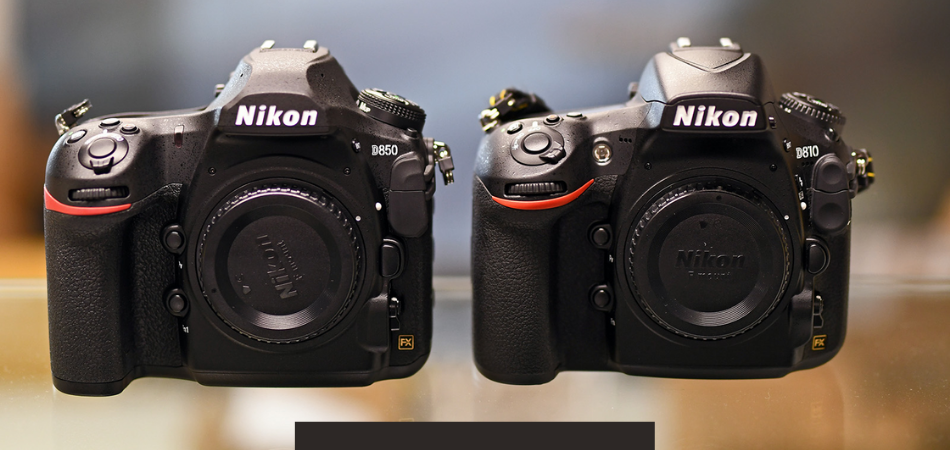
Build and Weather Sealing
As you’d expect, the basic design of the two cameras is still pretty similar. There are a few differences in the weight and dimensions, but they are hardly noticeable. Both the full-frame cameras have similar-sized displays as Nikon has kept the 3.2-inch LCD screen.
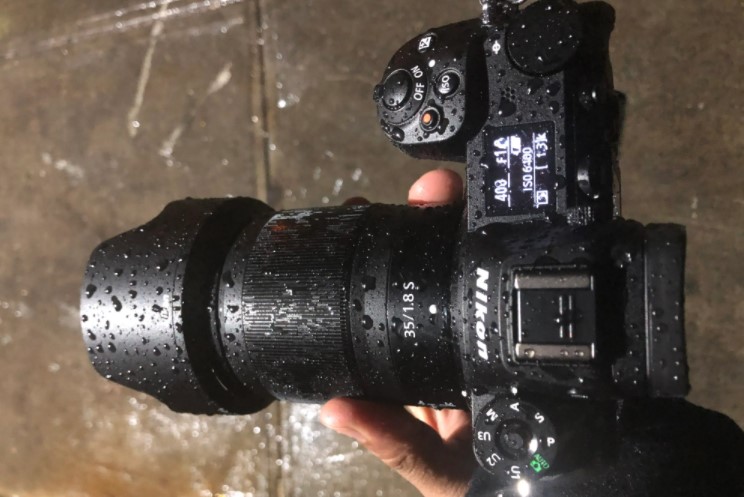
In terms of weather sealing, both cameras are weather sealed. The Nikon D850 is a bit more so because Nikon decided to ditch the built-in flash for this model. Both cameras are dust and splash-proof, which is great for travelers or shooting in various weather conditions. Nikon built both cameras using a magnesium alloy shell, which means that both of them are durable too.
When it comes to being ergonomic, both cameras are very comfortable. They both come with a sculpted handgrip that is easy to handle. In terms of the control layout, both cameras are again very similar. There are a few changes in the buttons, but we’ll get to that later. Both the cameras offer dual card slots, which are great in case one memory card fails or if you run out of memory on the other.
Lens
The good news with the D850 is that it has the same lens mount as the D810. The shared Nikon F bayonet mount means that you can use your old lenses with this newer model. Both cameras can accommodate lenses from the Nikon selection that goes up to 200. You can match the lens to your photography style to get the desired results.
Differences Between the Nikon D810 and the Nikon D850
Since the Nikon D810 is an older model, there is a significant difference in their specs between the D810 and D850. Nikon has upgraded the D850 in almost every aspect, turning it into a photography powerhouse. Let’s see what the differences are between the two models:


Build and Handling
There were minor changes in the button layouts for the Nikon D850. One such example is the ISO button, just behind the shutter release in the Nikon D810. Now the ISO button has switched places with the MODE button.
Another change in this category is the addition of a joystick to control the AF. Nikon has also removed the AE-L/AF-L buttons that were on the rear side. These are small changes, and it should be pretty easy for users to learn their way around them. Another handy update that Nikon made is buttons that light up in the D850. These illuminated buttons make it easier to operate the camera at night.
Image Quality – Full-frame Sensor
Both cameras utilize a full-frame sensor. However, the Nikon D850 has a BSI-CMOS full-frame sensor, unlike the D810, which uses the CMOS sensor technology. Nikon also increased the megapixels for the D850 from 36.3 to 45.7MP. That, combined with the increased resolution, means that you’ll get more high-quality images with the D850. The higher resolution also means you can crop large prints without having to worry about the image quality.
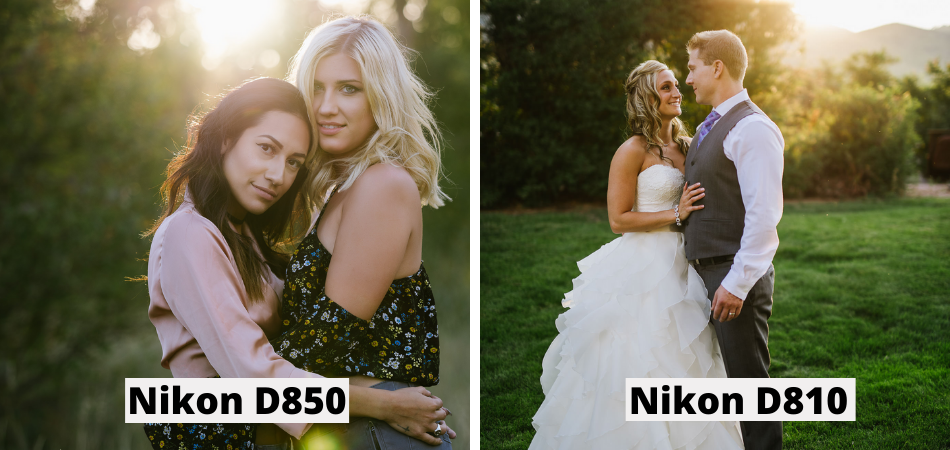
We also get an increased ISO range with the D850. The D850 has a 64 – 25,600 ISO range instead of the D810’s 64 – 12800 ISO range. You can boost the maximum ranges up to 102400 and 51200 ISO for the Nikon D850 and D810, respectively. You get better image quality at high ISO, which is a massive upgrade. The BSI-CMOS sensor means that you will be able to get better pictures even in the same range.
You can take the lower ISO range down to 32 ISO to expand the dynamic range. The D850 also has a maximum resolution of 8256 x 5504 instead of the D810’s 7360 x 4912. With these specs, you should be able to get incredible shots.
The Nikon D850 is also superior in terms of its image processor. Unlike its predecessor, it holds the Expeed 5 processor, whereas the D810 contains the Expeed 4 image processor. Neither models come with an optical low pass filter.
DXOMARK Sensor Scores
The DXOMARK evaluation has placed the D850’s sensor above the D810. The overall score for the Nikon D850 was 100, while the D810 got 97. The camera sensors have been scored based on color depth, dynamic range, and low-light sensitivity. The color depth for portrait mode is 26.4 bits and 25.7 bits for the Nikon D850 and Nikon D810, respectively. For landscapes, both cameras scored a dynamic range of 14.8 Evs. For sports, DXOMARK placed the low-light ISO at 2660 and 2853 ISO for the Nikon D850 and D810, respectively.
Autofocus System
You’ll find the AF system for the Nikon D850 has better specs. The D850 has a Multi-CAM 20K sensor module, a clear improvement over the D810’s Multi-CAM 3500FX module. Also, the Nikon D850 has around 153 AF points as opposed to the D810’s 51 focus points. Out of the 153 focus points, you can select 55 focus points with the D850.
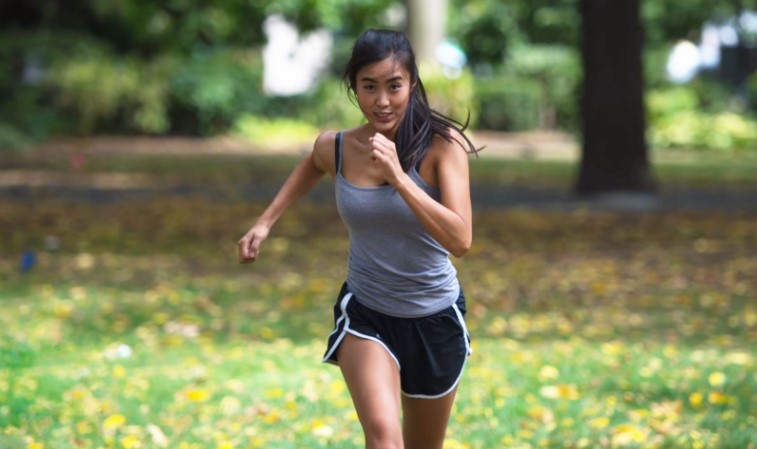
Nikon increased the detection range for their newer cameras. The previous detection range for the D810 was -2 to +19 EV. However, the current detection range for the D850 is -4 to +20 EV. With the D850, you should be able to get high-quality shots even in low-light conditions. The Nikon D850 comes with an AF tracking system. After choosing the subject, if you press the shutter release a little, the camera’s focus will follow it.
Shooting Speed
The D810 has a modest shooting speed of 5 fps, whereas the D850 has a 7 fps continuous shooting speed. You can boost the D580’s continuous shooting speed to 9 fps with the help of MB-D18 optional battery grip and EN-EL18b battery. The increased shooting speed is excellent for those photographers that usually see more action like sports or wildlife photographers.
When it comes to the built-in flash, the Nikon D810 takes the cake. The D810 comes with a built-in flash with a 12.00 m range at 100 ISO. The D850 doesn’t have a built-in flash. It has more advanced weatherproofing, which is the reason Nikon ditched the built-in flash for this model. A worthy swap as you can easily attach a flash to the Nikon D850.
Viewfinder and LCD Screen
Both cameras come with an optical pentaprism viewfinder with 100% coverage. The difference here is in their magnification. The Nikon D810 has an 0.7x optical viewfinder magnification while the D850 takes it up to 0.75x.
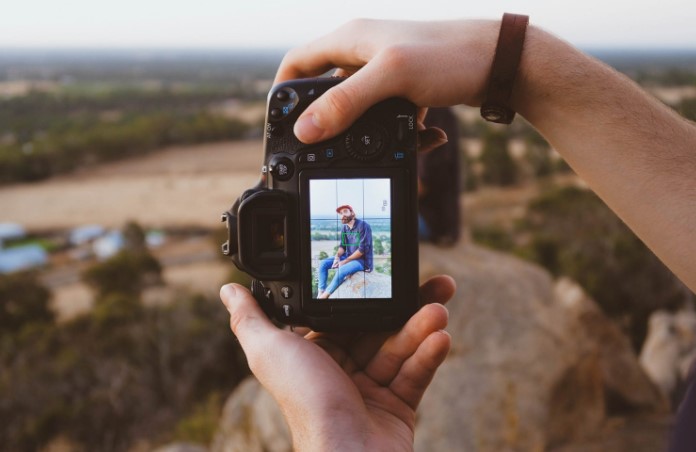
The 3.2-inch LCD screen is standard in both cameras. However, the company fitted the Nikon D850 with a tilting display. Nikon also equipped the monitor with a touch screen, making it easy to zoom in on the shots. The monitor on the D850 is better because of the higher resolution. The D810 has a resolution of 2359k dots instead of the D850, which has a resolution of 1229k dots.
Video
If you’re going to be shooting video at a high quality, the D850 will be the camera for you. The Nikon D810 comes with 1920 x 1080 maximum video resolution. This resolution means you can shoot Full HD videos with the D810 in the 24 to 60 fps range. You can also shoot HD videos with a 1,280 x 720 resolution at 50 and 60 fps. The camera creates video files in the MOV format.
The Nikon D850 has had a massive upgrade when it comes to its videography capabilities. You can shoot 4K UHD videos at a maximum resolution of 3840 x 2160 in 24 – 30 fps range. The camera also retains the Full HD and HD modes from the previous models, along with the frame rates. In addition, you could use slow motion with HD videos which is incredible if you’re trying to capture minor details in a motion shot. Plus, the Nikon D850 creates video files in both MP4 and MOV formats allowing for better compatibility. The camera has both audio and microphone ports. So you can also use it to shoot videos at professional levels. If you are in the habit of shooting flawless videos, the Nikon D850 is for you.
Connectivity and Battery
The Nikon D810 does not have built-in Wi-Fi and Bluetooth connectivity, which can be inconvenient when transferring photos. The Nikon D850 does not have this problem as it comes equipped with built-in Wi-Fi and Bluetooth that you can use to connect the camera to your mobile or tablet. With the camera’s connectivity, you can use the Nikon Snapbridge app to enable remote camera control.
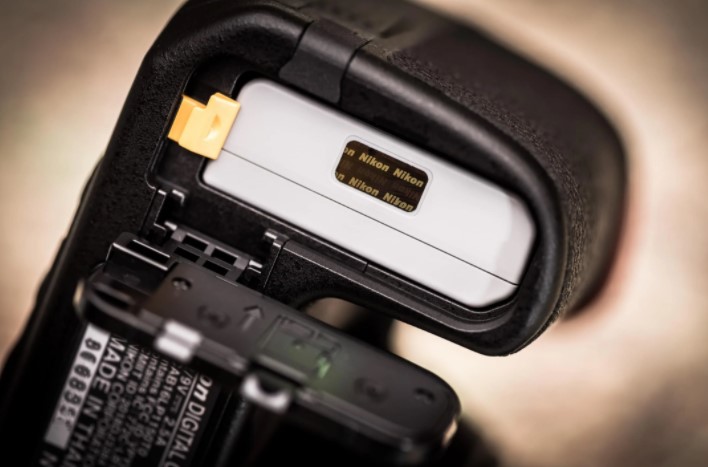
Both cameras have decent battery timing, but the Nikon D850 has received an upgrade allowing you to shoot more shots per charge. The Nikon D810 has an EN-EL15 Lithium-ion battery, unlike its successor, the Nikon D850, which has an EN-EL15a Lithium-ion battery. The excellent battery life is another point in the D850’s favor. You can take up to 1840 shots per charge with the D850, whereas the Nikon D810 only lets you take 1,200 shots. Those looking to boost the battery life can add the MB-D18 grip and EN-EL18b battery to the camera’s battery to increase the number of images per charge to 5,140.
Quiet Mode and Storage
The D850 comes with an electronic shutter that allows photographers to shoot in silence. This quiet mode is an outstanding feature for shooting events or wildlife, as the noise can distract your subjects. You won’t hear the shutter sound after pressing the shutter release if you’ve enabled the quiet mode.
Both Nikon D850 and D810 employ different media for storage. The Nikon D810 uses two quick cards, namely the SD and CF cards. However, the Nikon D850 has retained the SD card for storage while replacing the CF card with XQD format. The XQD format has made it so that the camera offers a 51-frame burst depth instead of the 26-frame burst depth provided by the D810.
With the Nikon D850, users can select the size of the RAW file. You get three options in the name of large, medium, and small, 45.7MP, 25.6MP, 11.4MP, respectively. The small and medium files are 12 bit lossless compressed.
Additional Features: The Nikon D850 is perfect for those who enjoy macro photography as the camera has a focus bracketing mode that can automatically take up to 300 photos. These photos are combined to give a sharp image from every angle.
In addition to that, the Nikon D850 has exceptional low-light performance. You’ll get full HD footage in a variety of environments. The camera build is such that you will not have to worry about it breaking.
Conclusion
The final verdict is that the Nikon D850 takes the prize. The Nikon D850 comes with a greater resolution that is perfect for getting huge prints and even cropping them without worrying about compromising the image quality. Add to that the 4K video shooting capabilities and the model is simply incredible.
If you are a D810 user, we recommend upgrading to the D850 because both models are professional cameras. The D850’s new features make it a worthy upgrade. If you’re on the hunt for a new camera, we recommend getting the D850. We promise you will not regret your decision!
